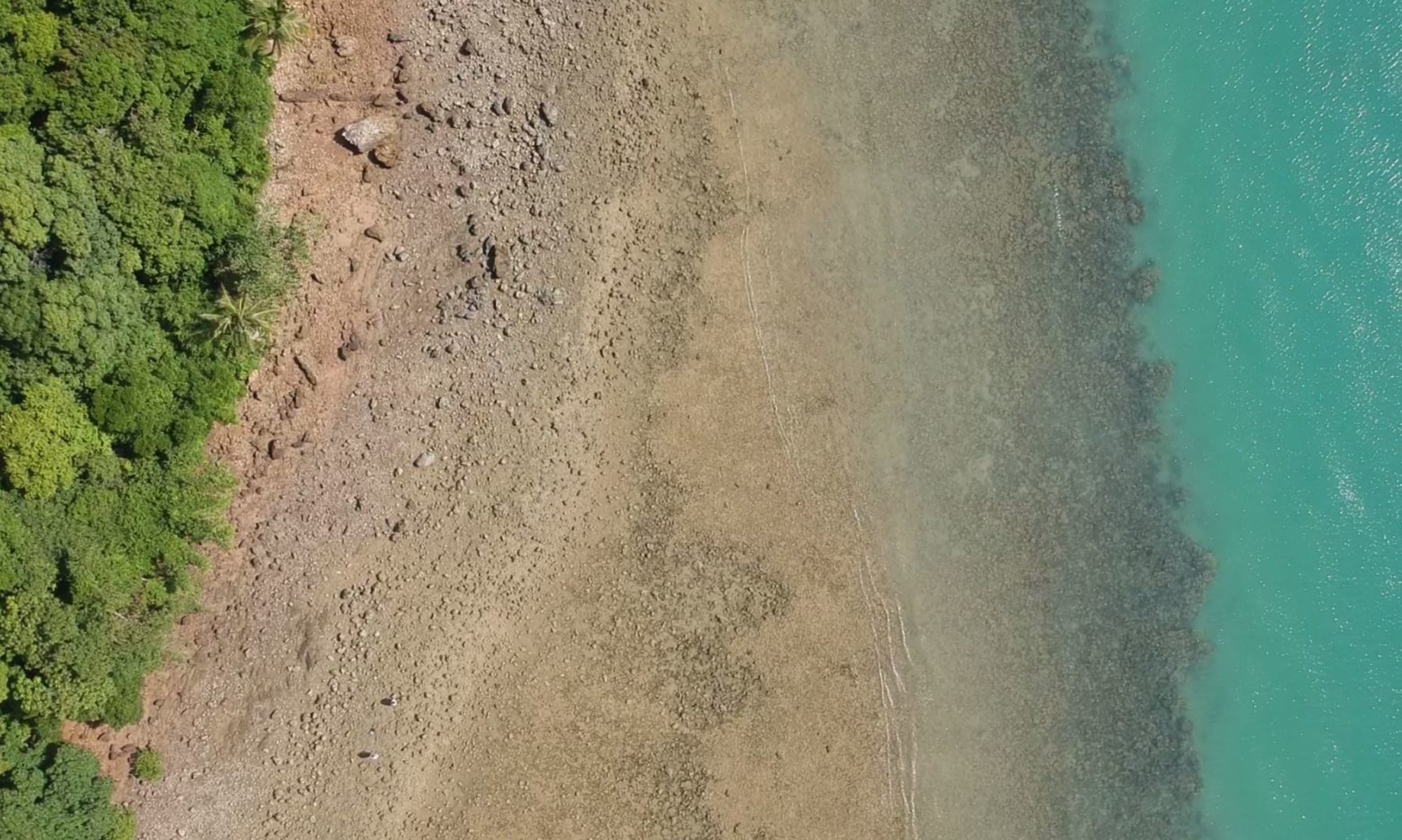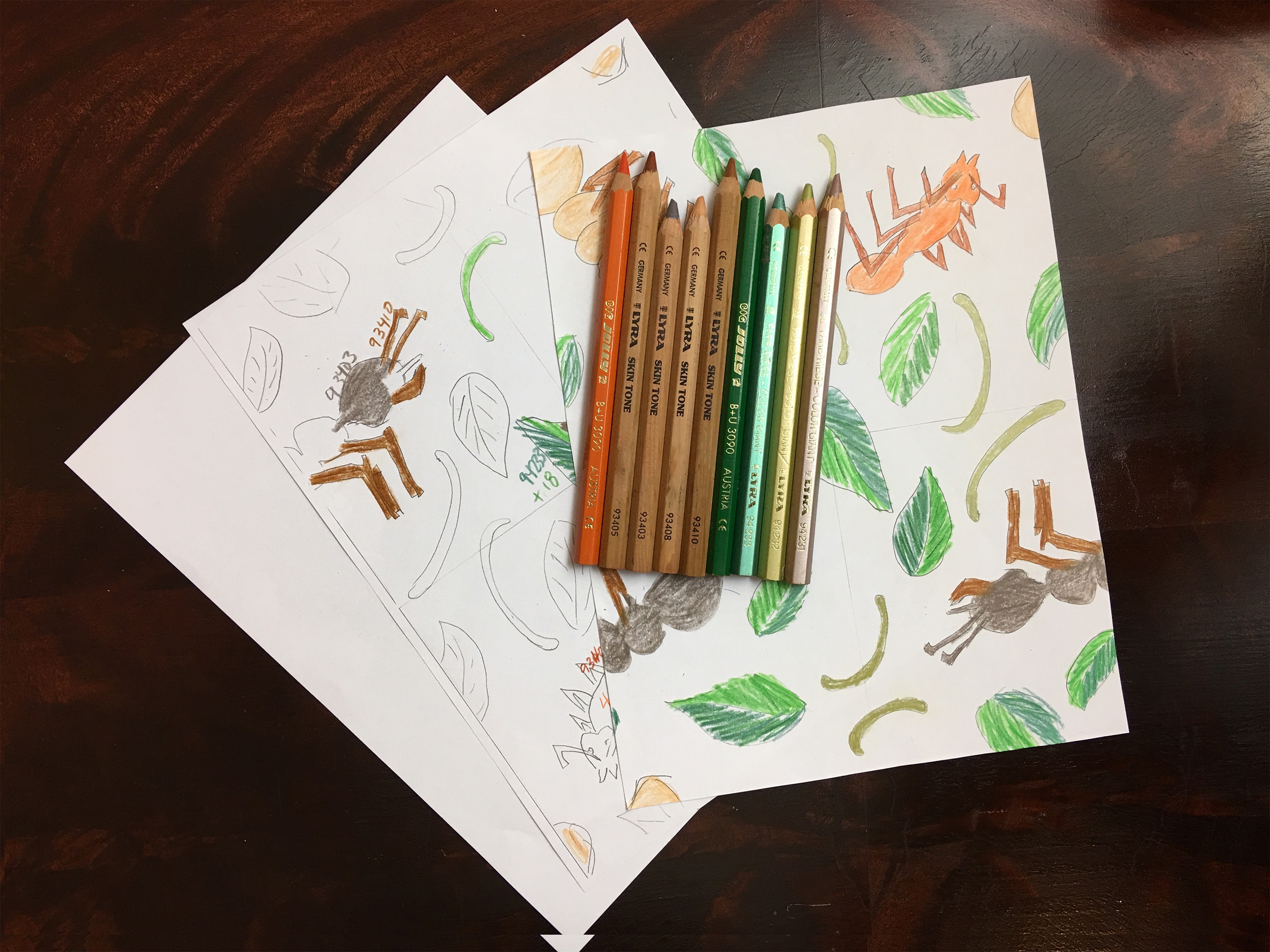Margaret Minsky June to Sept 2018
Anticipation was a great aspect of Dinacon. I had stated, and thought, that my main project would have a large component of wearability and perhaps eTextile construction. (For those who wonder, it didn’t, although I sewed some wearable wrist holders for bbc:microbits which I decided not to use.) The anticipated wearable aspect of my project was so open-ended that selecting and packing a stash of fabrics and sewing supplies to bring was fun. I also did not know how much of a textile corner/workspace would be set up (it was amazing, folks!) though I knew that I was arriving in the same week as several of my heroes in the wearables and E-Textiles communities.
While assembling fabrics and supplies, I had one of those lightning realizations that Dinacon would be a great forcing function for me to learn a paper-based fabric print repeat technique that I had been meaning to practice. I was inspired by this block print of an ant, created by my son Miles Steele a long time ago in 7th grade:
and the Spoonflower tutorial for creating a repeating print design:
Spoonflower Fabric Repeat from Drawing
I used colored pencils and a favorite printer paper as art materials. After some web research on ant species in Thailand I reinterpreted my son’s design concept to match three species, the Ghost Ant, the Carpenter Ant, and a leafcutter which I fortunately colored bright orange, so that I can now claim I knew about the famous Weaver ants of Koh Lon. I also decided that for Dinacon, the artistic interpretation of an ant needed a distinct gastor. The web research did not get me to the point of narrowing down to species that might be likely in Southern Thailand particularly; I figured I’d learn that when I arrived and the next design can incorporate local ants only.
The rashguard project became one of my two side projects, as well as a way to enjoy sewing and sharing sewing knowledge back and forth with others. It would have been great to finish the garment there…with no guarantee of time and facilities for that, I brought my regular rashguard for snorkeling. Good thing I did, because I copied it to make the pattern pieces on the pattern paper I brought. It was much more complicated that I had thought, it has nine pieces! At Dinacon I cut all the pieces, sewed about half the seams, and then packed it up to finish back home. The pattern paper, still pinned to the pieces had gone from crisp to the texture of a thin damp washing cloth, in the Koh Lon humidity, so it was very supple and easy to pack.
Thank you and admiration to the many folks who had already hauled supplies for the textiles station, and thank you for intriguing thinking about found and re-use textile crafts supplies as seen in projects from Tribenet, Pom, Dennis, Kitty, Plusea, Mika, and Dani.
Textile stuff I brought (not knowing what would be there.)
• Fabrics: basic purchased black and tan spandex and powermesh that I thought would be foundational for wearables/E-Textile projects, large pieces of quality bed sheets that I found at the thrift, weird and wonderful green jungle-spangly fabric bought on impluse at Joanne’s, some denim from wrecked jeans, Ants Fabric, and assorted scraps.
• Elastics: soft elastic black and white, cord elastic, thin bungee in a couple of colors
• Supplies: about 5 yds 60″ pattern paper (from the commercial roll that I found in a dumpster in 1978, the single greatest dumpster find of my life), sharp scissors, sharp seam ripper, good pins, felting needles/roving/foam block, hand needles both specialty and sharps, Schmetz machine needle library of sizes, miniature crochet hook, Gutermann thread several colors, 6″ sliding ruler.






